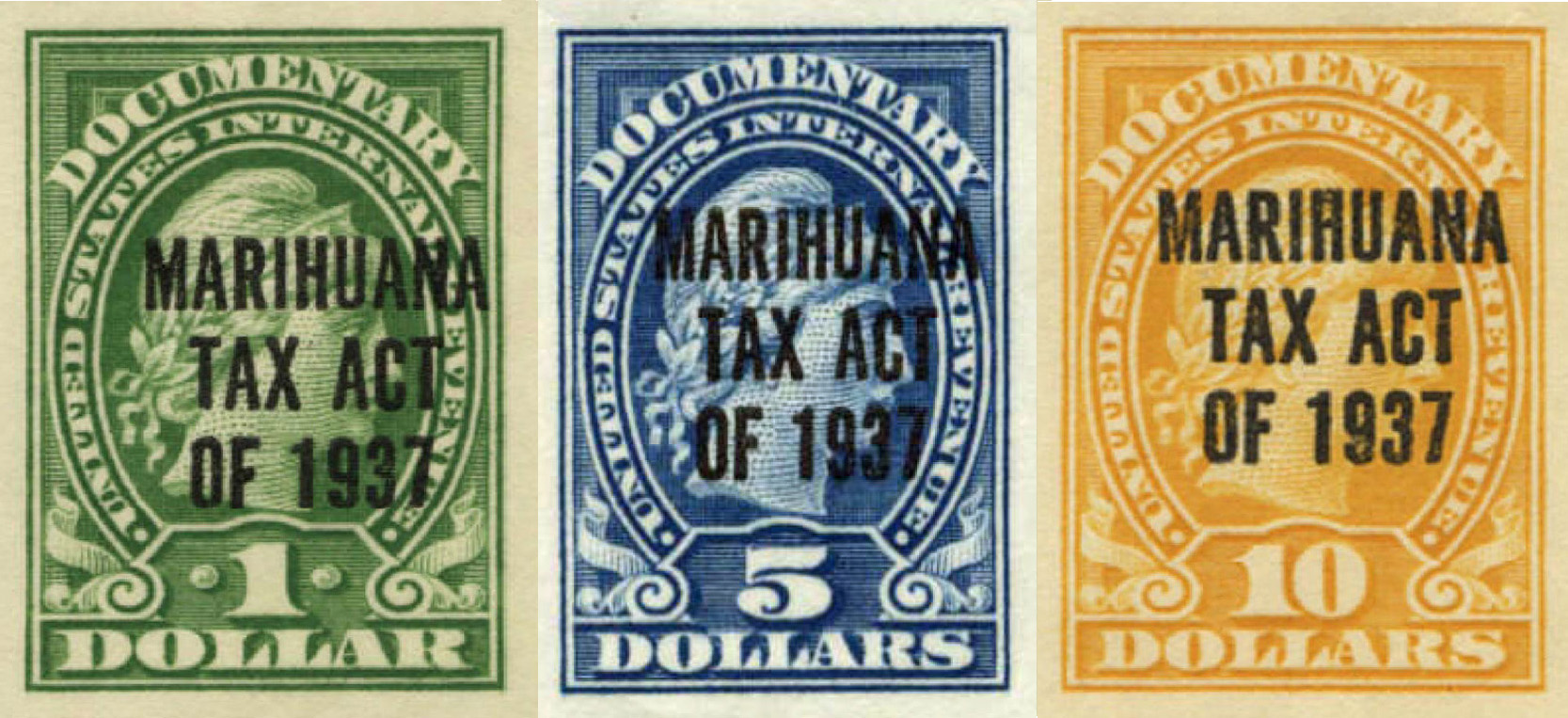Introduction
Hemp, a variety of the Cannabis sativa plant species, has been utilized by humans for thousands of years for its versatile applications, from textiles to medicine. Despite its many uses, hemp faced significant prohibition and stigmatization in the 20th century. This article delves into the history of hemp prohibition, the factors contributing to its stigmatization, and the lasting impact on society and industry.
Early History of Hemp
Hemp has a rich history, dating back to ancient civilizations. It was used for making paper in China, ropes in maritime Europe, and medicinal preparations in ancient India. Hemp was an essential crop in colonial America, with the government even mandating its cultivation in some regions.
The Rise of Hemp Prohibition
The early 20th century marked the beginning of the prohibition era for hemp. Several factors contributed to this shift:
-
Economic Interests
The growth of the synthetic textile industry, spearheaded by companies like DuPont, which patented nylon in 1935, posed a direct threat to the hemp industry. The emergence of synthetic fibers and materials led to intense lobbying against hemp by those with vested interests in the new industrial materials.
-
Racial and Social Factors
The stigmatization of cannabis, including hemp, was also fueled by racial and social factors. In the United States, anti-cannabis campaigns often targeted Mexican immigrants and African Americans, associating the plant with these communities to garner public support for prohibition. Sensationalist media reports and propaganda films like “Reefer Madness” depicted cannabis use as dangerous and morally corrupting.
The Marihuana Tax Act of 1937

A significant blow to hemp came with the passage of the Marihuana Tax Act of 1937 in the United States. This act effectively criminalized the cultivation of cannabis, including hemp, by imposing heavy taxes and strict regulations. Although the act primarily targeted marijuana, the broad definition included hemp, leading to a decline in its production.
Global Impact of Hemp Prohibition
The prohibition of hemp was not limited to the United States. Many countries around the world followed suit, influenced by international treaties and the global anti-drug movement. This worldwide shift further stigmatized hemp, leading to a decline in its cultivation and use.
The Decline of the Hemp Industry
The combined effects of economic interests, social stigma, and legal restrictions led to a dramatic decline in the hemp industry. Once a vital crop, hemp fields were replaced by other agricultural products and synthetic alternatives. The knowledge and skills associated with hemp cultivation and processing were also lost over time.
The Path to Re-Legalization
The late 20th and early 21st centuries saw a renewed interest in hemp, driven by several factors:
-
Environmental Awareness
As awareness of environmental issues grew, the sustainable nature of hemp as a crop gained attention. Hemp requires fewer pesticides, grows quickly, and can be used to produce biodegradable products, making it an attractive alternative to more environmentally damaging materials.
-
Medical and Industrial Uses
Research into the medicinal properties of cannabis, including hemp-derived CBD, helped shift public perception. Additionally, the rediscovery of hemp’s potential for producing textiles, paper, biofuels, and construction materials fueled the push for re-legalization.
-
Legislative Changes
Countries and states began to revisit and revise their cannabis laws. The 2018 Farm Bill in the United States, for example, legalized the cultivation of hemp with less than 0.3% THC, marking a significant shift in federal policy and paving the way for a resurgence of the hemp industry.
Overcoming the Stigma of Hemp
Despite legal advancements, the stigma associated with hemp persists. Efforts to overcome this stigma include public education campaigns, scientific research highlighting the benefits of hemp, and advocacy for policy changes. Prominent figures in the hemp industry, environmental activists, and health professionals continue to work towards normalizing hemp and separating its identity from that of its psychoactive cousin, marijuana.
Conclusion
The prohibition and stigmatization of hemp are deeply rooted in economic, social, and political factors that shaped the 20th century. While significant progress has been made towards re-legalizing and rehabilitating hemp’s image, the journey is ongoing. By understanding the history of hemp prohibition and its impacts, we can better appreciate the challenges and opportunities that lie ahead for this remarkable plant.
Interested in learning more about the fascinating history and benefits of hemp? Explore our Benefits of Hemp Fabric and other articles in the Community Blog.
